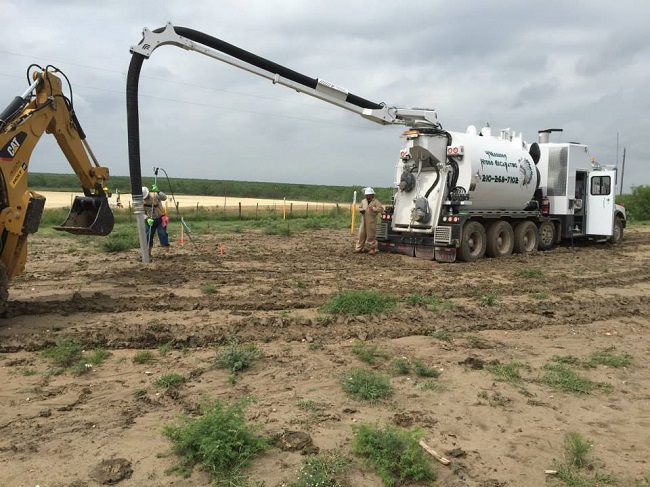Line Locating: A Primer
Are you unsure of what line locating is and need a quick brief? No worries, technical terms come with every job. Line locating is easy to grasp and soon you will know what it is and why it’s so important to a successful dig.

What is Line Locating?
Suffice it to say, excavation is a dirty business. Breaking ground can be dangerous to both person and property. In the past, manual labor and hand-drawn maps (if they had maps at all) were the only options. As you might imagine, when we needed to lay down delicate and costly utility and electricity lines, it would help to know if there was anything else in the way. To find what was underneath meant digging. Tons of digging. All that digging meant time and resources as well as risk. Since those days, we have laid down more and more cables and wires underground. So the need for a better system has only grown. That’s where line locating comes in.
Why It’s Important
Like so many other things, the key to line locating’s ingenuity is in its simplicity. Not only did we update hard manual labor with more efficient machinery but we also updated to the more sophisticated line locating technique. The process is simple: First, GPS is used to map out exactly where any underground lines are. Next, pressurized water blasts are shot into the ground to create ultra-precise holes, breaking up all the ground into dirt and gravel. Then, everything is transported via a high-power vacuum into a container. Finally, when the work is done, the dirt and gravel are drained back into the earth. That means less time is spent digging and more time is spent on getting the job done. Even better, only a small crew is needed to use this and all the savings go back to you!
4 Warriors Hydro Excavating’s highly experienced team is ready to help with all your questions and concerns, so feel free to contact us anytime. Thank you and God bless!
